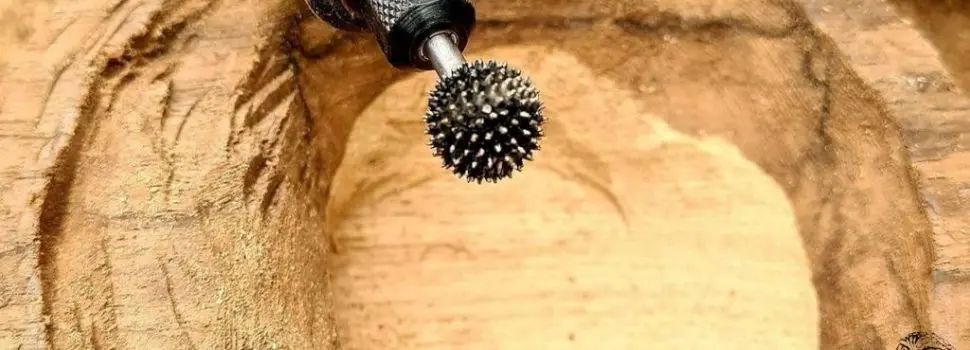
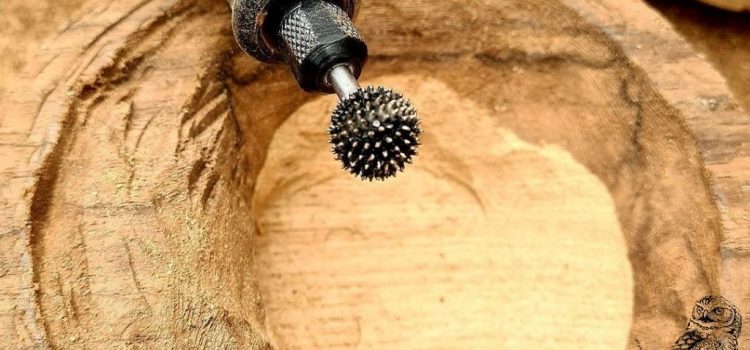
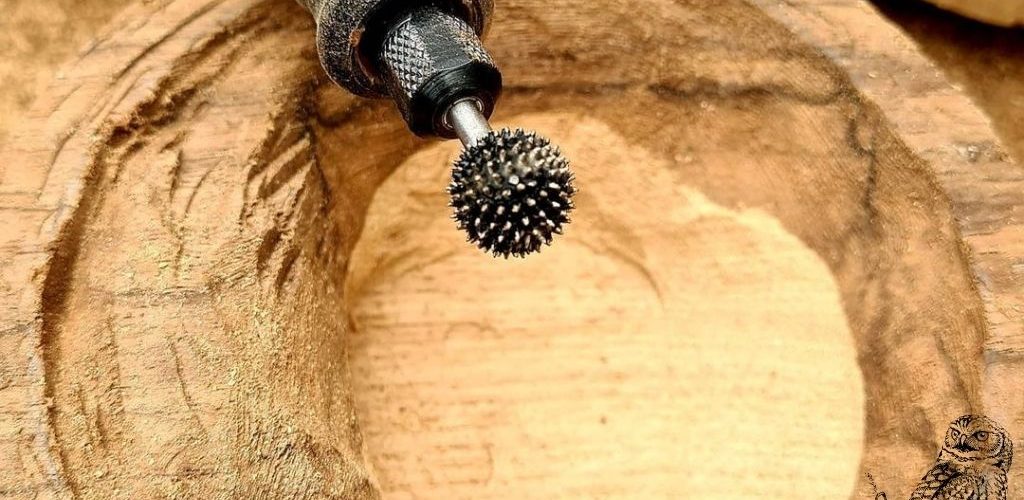
Some wood carvers enjoy carving with nothing but knives, while others prefer to use electric machines in their work. Power carving tools come in handy for many endeavors where the knife is just not enough or needs wood material to be removed quickly.
Carving machines can be corded or portable, and they vary in power each of them provides. The tips are designed to quickly interchange between different bits, each achieving a special effect in carving wood. Shanks are often flexible, enabling you to adapt the bits to the project surface.
How to Hold the Tip of the Power Tool
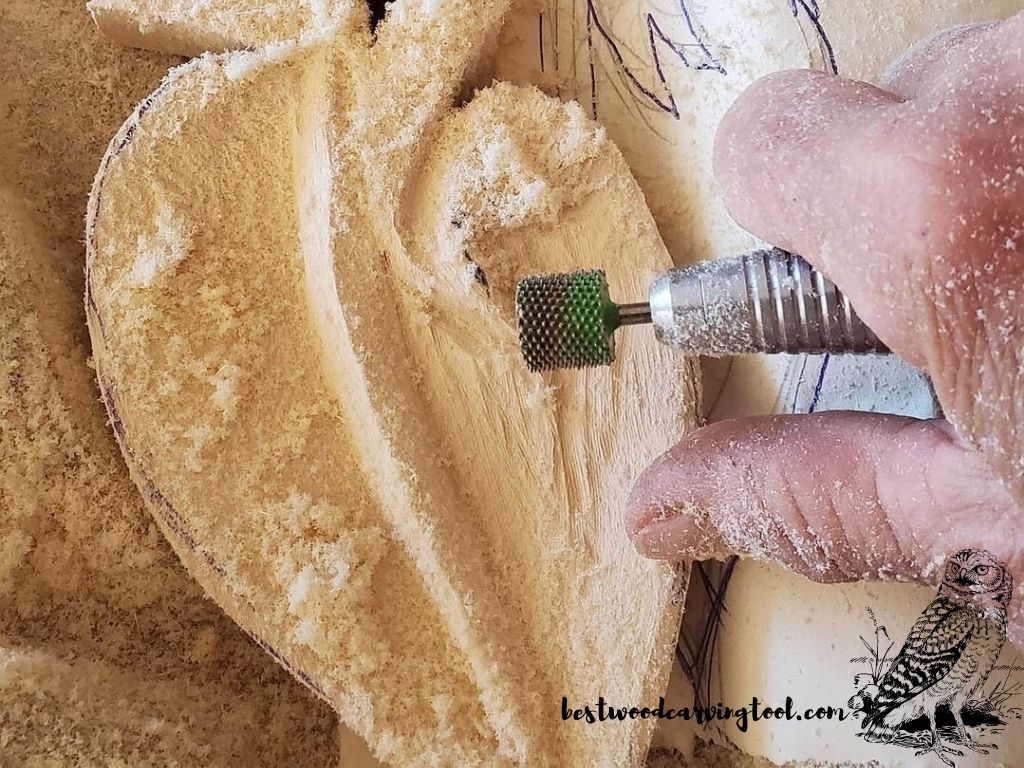
The tip of the rotary tool is most commonly designed to be held like a pen, very close to the head, enabling you more control over your work. The best tools of this kind are reinforced with rubber or silicone so your fingers don’t slide if you sweat, which is always a great bonus because the slippery rotary tool can be very dangerous.
Once you hold the pen, before you start carving, it is a good practice to anchor your hand on your workbench, as well, for additional control when you do the most sensitive carving.
Accessories for Each Type of Power Tools
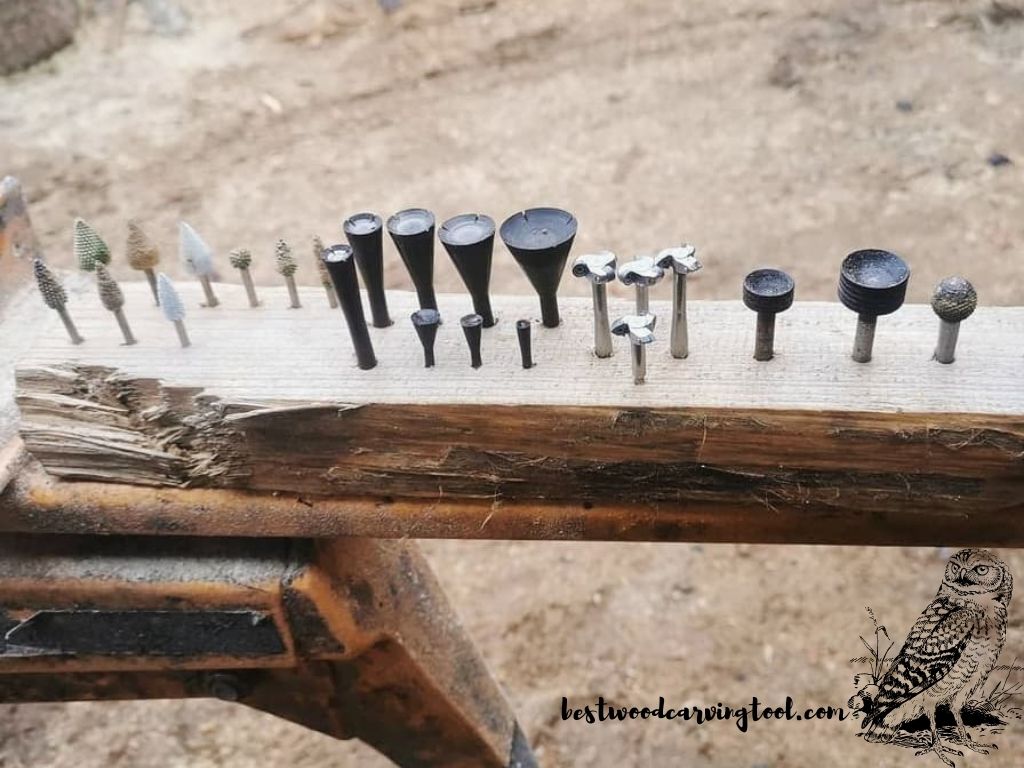
By accessories, when it comes to power carving tools, we usually mean the tips and bits that come with the machine. These bits can be purchased separately, but it is recommended that you get them from the same manufacturer, to make sure the bit will fit the shaft.
Shank diameter varies from one tool to another, which is why it is necessary to purchase them for each rotary machine separately. Accessories most commonly include drills, sanders, saws, and grinders.
Power Carving Bits
Taper Bit Flame Bit Disc Bit Cylinder Bit Ball Bit
There are a couple of dozens of different bits for rotary carving tools, and they all vary in texture, material, and shape. Specific projects will require uncommon bits, but an average carver usually gets around with only these basic ones.
A cylinder is a standard bit used for carving, but also for some specific professions such as manicures. This bit is handy for removing thin layers of wood, evening out the surface, but also handy when it comes to removing glue or wood stain from an old project before repainting.
Ball nose is a cylinder bit with rounded tip at the end, designed for deep round cuts. When compared with standard carving tools, the cuts it makes are the closest to a U-gouge. Oval bit and ball bit are simple balls at the end of the shaft, designed for creating deep concave cuts. It is easily applicable in your caricature and animal carvings where you have many small details and you need a precise round machine cut.
When it comes to replacements for V-gouge, there is a flame bit at your disposal, and it is commonly included among other accessories when you purchase a tool. This standard bit can either be used on its side as a U-gouge or tip-forwards as a V-tool.
If you need a pyramid shape bit, you are looking for a taper. Tapers can be wider/bigger and smaller, depending on wha kind of cuts are you looking to make. A small one is very thin and can access difficult areas such as the knecks of your wildlife animal projects.
Finally, another bit that is very common among both amateur and professional carvers is the disc. This tip is made for easy texture carving, and you can use it for carving fur, hair, feathers, and other lines on your project surface. With the disc you can also perform undercut technique with ease, perhaps even easier than with your blades.
You might be also interested in:

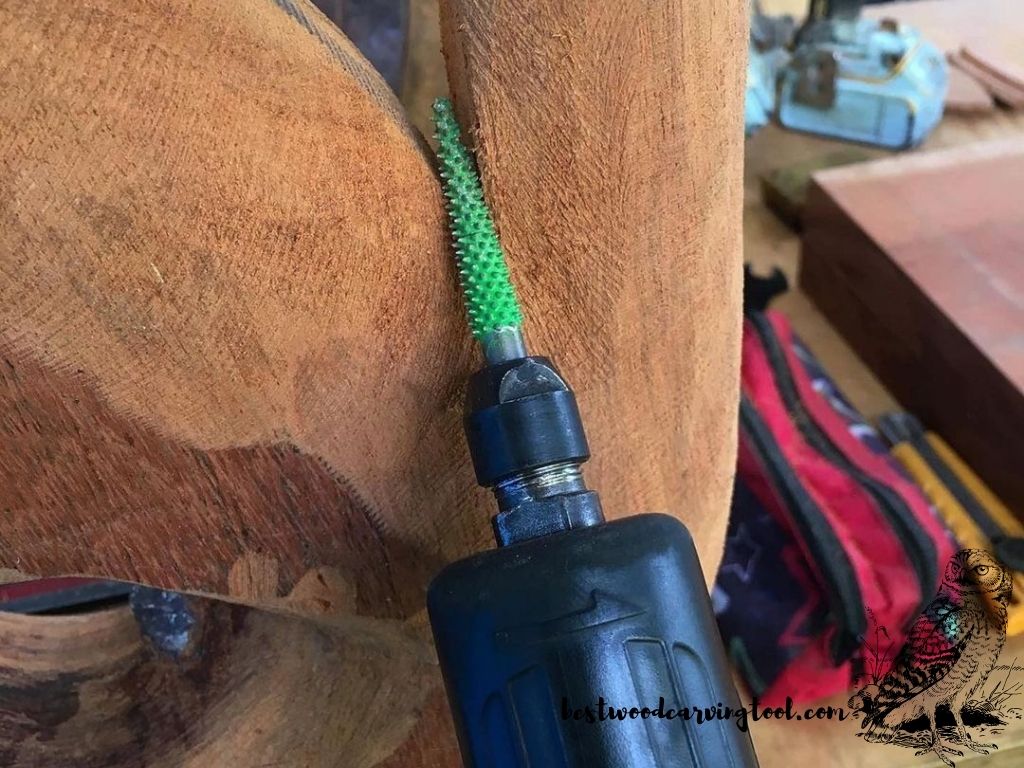
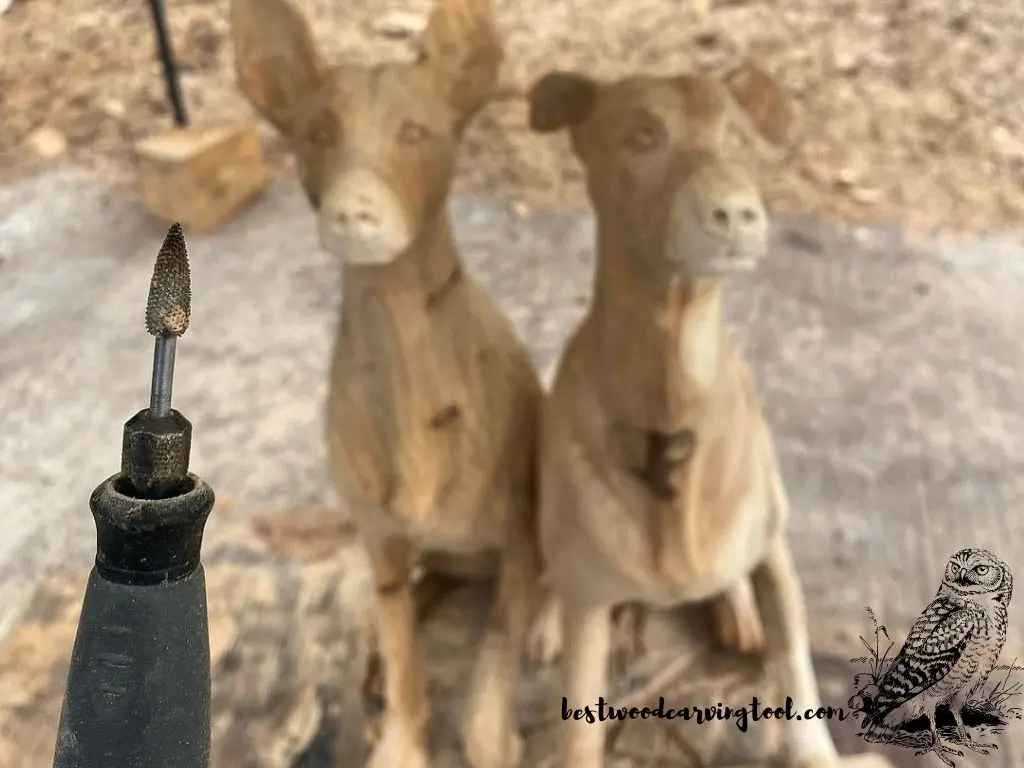



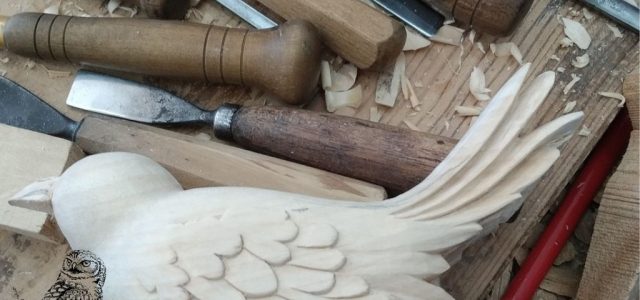

No comments so far.
Be first to leave comment below.